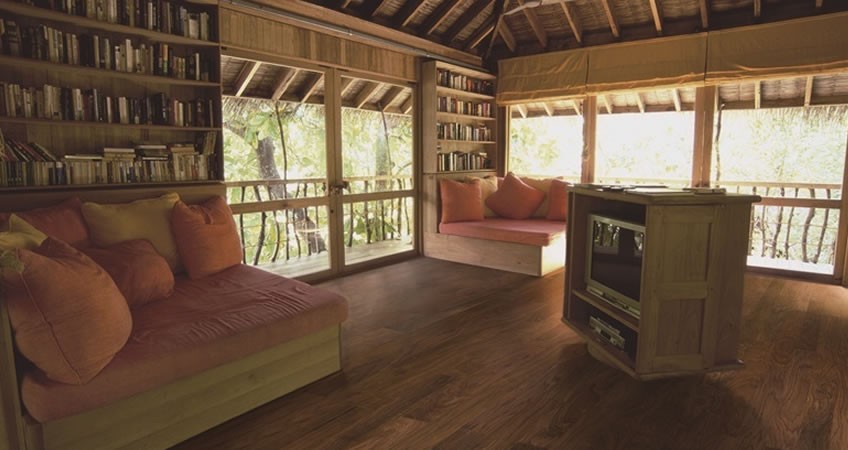Wood flooring, tiles, marble and others type of flooring material play a big role in the look and feel of your home. However, it’s often overlooked hence it’s easy to forget about the practical aspects that need to be taken into consideration when it comes to choose the right kind of flooring for your home. The floor is subjected to the most use and must be able to stand up to knocks, spills and furniture, not to mention human and animal traffic, and retain its original strength and appearance.
Flooring is an investment so choose carefully as more affordable options might save you some money initially but may not last long: in such instances, it could end up costing more in repair or restoration work. Here we look at wood as popular option, which come in three primary forms
Solid Wood Flooring
Solid wood flooring is manufactured from pure wood, it’s also commonly known as hardwood flooring. Originally used for structural purposes, its thickens can vary but generally from 10mm to 22mm.
Pros:
- Durable
- Easy to maintain. Just sweep or vacuum, and clean with a wood-formula floor cleaner
- Value-added. Solid wood flooring increase the value of a home as builders consider timber flooring an upgrade
- Wide variety. Choose from different types of wood, which can be prefinished or unfinished to your taste
Cons:
- An investment – solid wood flooring cost more initially and must be installed over sub-flooring
- Scuffs and scratches need refinishing occasionally. The softer the wood, the easier it will scratch and blemish
- Expansion and contraction which may occur with changes in temperature and humidity
Engineered Timber Flooring
Engineered timber flooring often confused with laminated flooring and mistakenly thought to be “not a real wood”. Engineered timber flooring is made using three to nine layers of different wood veneers as the core layer. The top layer thickens can vary from 0.6mm to 4mm. The sub layers can be of the same species or different species of wood with the grain of each layer running in different directions, which make it very stable.
Pros:
- More affordable than solid wood
- Faster installation as it’s prefinished and requires no staining or urethane
- Better consistency as it’s manufactured under controlled conditions for a uniform finish
- Dimensional stability regardless of changes in humidity and temperature due to its different oriental strands
Cons:
- Risk of water damage, as the ends are not finished, hence moisture can seep in and damage the panels
- Engineered timber flooring can’t be refinished once or twice in its lifespan before it must be replaced.
Laminated Flooring
- Versatile, durable and attractive

